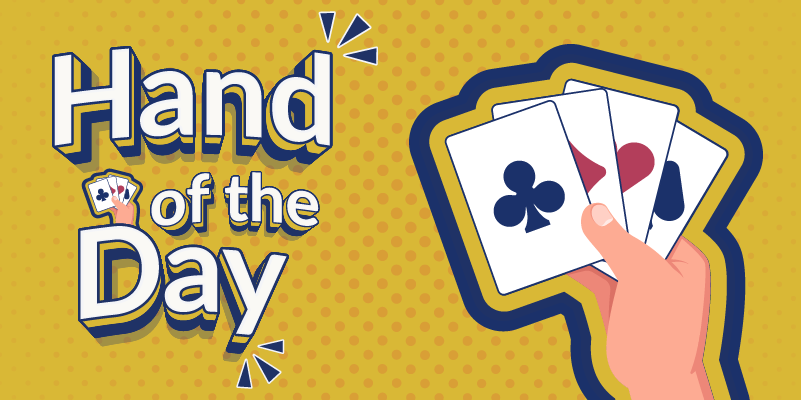



The Aces On Bridge by Bobby Wolff
If your bridge is confined to the rubber bridge table or events where dealing is done manually, you are perhaps used to being treated kindly as far as bad breaks are concerned. Human dealers tend to be lazy, and insufficient shuffling leads to more-balanced hands. All tournaments (and most clubs, too) these days use computer dealing, when the actual distribution should equate to the theoretical distribution, so you need to be more prepared for bad breaks.
Opening Lead: ♠2
Sometimes unfriendly distribution can easily be overcome: all you need do is keep your head and not panic.
At one table, South opened two no-trump and North-South’s methods were such that he ended up as declarer in the good six diamonds, West choosing a spade lead.
Superficially it looks as if South rates to lose a diamond and a trick in one of the black suits, but watch what happened. Declarer tried the spade queen from dummy and won East’s king with his ace. Not being psychic, he then played the diamond ace and king. When he discovered the bad news, he realized he needed to reduce dummy’s trumps twice.
He played three rounds of hearts, discarding a spade from the table, and ruffed a spade. He then played a club to his queen, cashed the club ace and ruffed another spade. This left dummy with the diamond queen and 10, and a losing club. Declarer now exited with a club, and had to make two diamond tricks at the end.
Bid with the aces
Answer: 3♠
You are obviously worth a raise of spades. Here, your singleton diamond rates to be useful, but your soft high-cards are not guaranteed to be pulling their full weight. This hand seems worth no more than a raise to three spades, rather than a cue-bid raise of three diamonds, which ought to be a somewhat better hand.
This Hand of the Day was originally published on aces.bridgeblogging.com.




I have to remember this game.